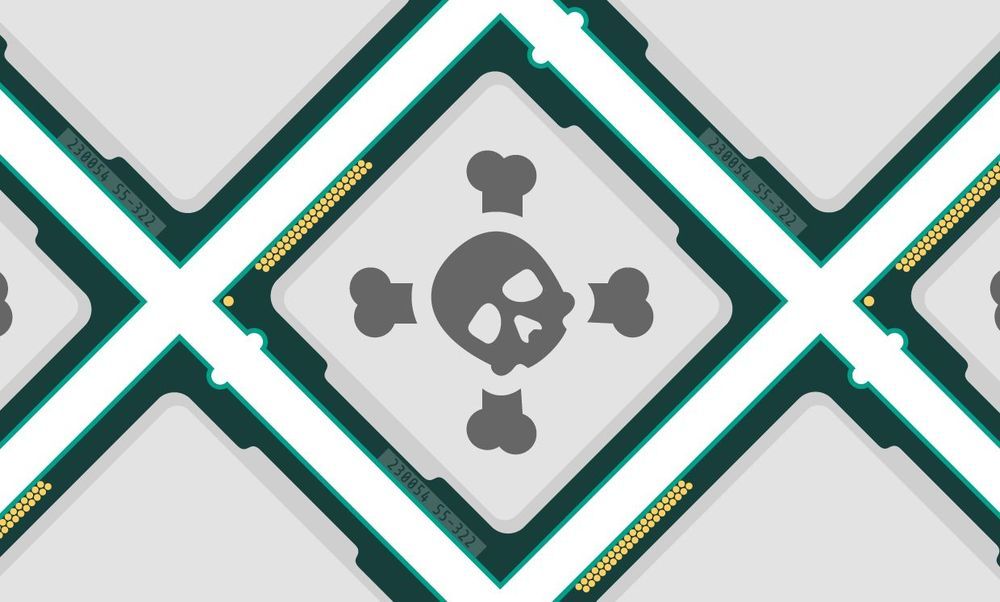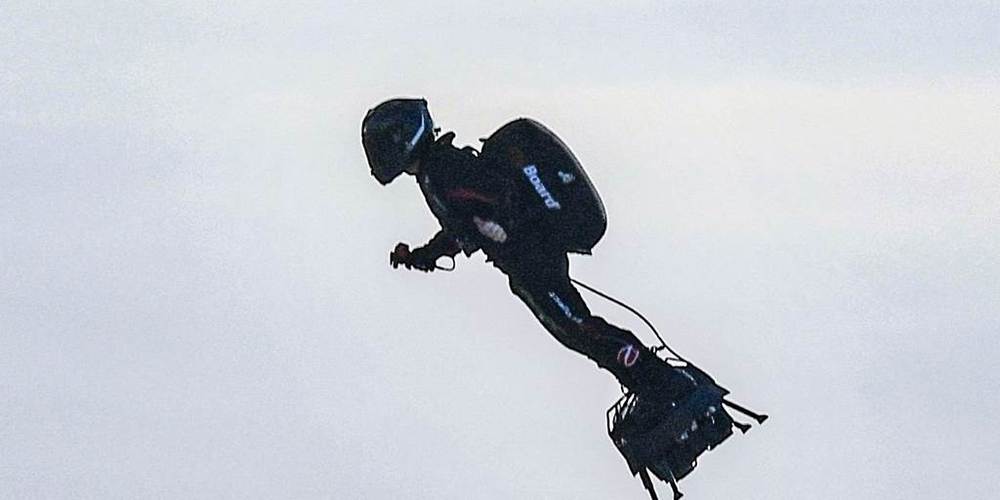Microsoft is urging system administrators to urgently install updates to fix a 17-year-old Windows DNS Server vulnerability. Microsoft has rated the flaw at the highest level for remote code execution, but exploits haven’t yet been developed.



Land Life Company ❤
Boosting seedling survival rates from 10% to at least 90%.
For more on the Trillion Trees Challenge, visit UpLink: https://buff.ly/2O5nd3j
Ivanka Trump, a woman with a lifetime career guarantee and a net worth equalling the GDP of a small African country, has a plan for the millions of unemployed workers, many of whom lost their jobs during the pandemic: “Find Something New.” The initiative, in partnership with the nonprofit Ad Council, Tim Cook, and IBM executive chairman Ginni Rometty, sounds like the familiar Obama-era “learn to code” trope and not exactly on-brand with the Make American Great Again promise of told Ivanka to take her own advice.
In this premier episode of Lifespan News, Brent Nally discusses Unity Biotechnology’s human trials of novel senolytic drugs, including a Phase 2 human trial of a senolytic drug for knee osteoarthritis; two proteins that allow LDL cholesterol to enter our cells; Ponce de Leon Health and epigenetic age reversal; the reason why naked mole rats are so resistant to cancer; XPrize adding longevity to its impact roadmaps; and a promo code for Ending Age-Related Diseases 2020, our upcoming online conference.
You can get your ticket to EARD2020 at https://www.eventbrite.com/e/ending-age-related-diseases-202…4918805703
0:00 Introduction
0:51 Unity Biotechnology Updates
1:43 Proteins & LDL: https://www.lifespan.io/news/two-proteins-allow-ldl-cholesterol-into-our-cells/
2:17 Epigenetic Age Reversal: https://www.lifespan.io/news/pilot-study-results-suggest-epi…-reversal/
3:18 Naked Mole Rat
4:11 XPrize and Longevity: https://www.xprize.org/articles/future-of-longevity-blog-post
4:50 Additional Information and Outro
HOW CAN YOU SUPPORT US?
▀▀▀▀▀▀▀▀▀▀▀▀▀▀▀▀▀▀▀▀▀▀▀▀▀▀
LEAF / Lifespan.io is a 501©(3) nonprofit organization. Everything we’ve done thus far and everything we will do in the future is thanks to your support — please stand with us to fight the diseases of aging and increase healthy human lifespan.
► Support us with monthly donations by becoming a Lifespan Hero: https://www.lifespan.io/hero
► Make a one-time donation and learn about other ways to support us here: http://lifespan.io/support
► Learn more, and help us #CrowdsourceTheCure: https://www.lifespan.io
► Subscribe: https://www.youtube.com/user/LifespanIO
#LifespanNews #LifespanIO #Unity #XPrize #Senolytics

A second fan on the rear then pushes air behind the craft, driving it forward. Rudders behind this thrust fan turn the craft. It may be a hovercraft at its core, but like regular cars on the street, it has got headlights, navigation lamps, cockpit lights, as well as a flux capacitor — that’s the coloured lights around the perimeter. The hovercraft took a total of four-and-a-half years to build.
So, piloting the hovercraft feels like driving a car that’s constantly sliding around on ice. You got your foot pedal and steering wheel and it feels like you’re in a car, but you are just sliding around every way with no friction.



The Indian army is keen to procure RQ-11 UAV Raven – unmanned aerial vehicle from the US besides Israeli Spike Firefly “loitering” munition to support its ground soldiers, reports the HindustanTimes.
Rafale jets dodge all radars, air defence systems; bombs Turkish facilities in Libya
The Universe isn’t just a random scattering of galaxies sprinkled throughout an expanding void. The closer we look, the more we see that there are structures — some of which are incomprehensibly vast groupings and clusters of galaxies that are gravitationally bound together.
Such a structure has just been discovered arcing across the southern edge of the sky, and it’s a colossus, spanning an immense 1.37 billion light-years from end to end. Its discoverers have named it the South Pole Wall.
Although the size is remarkable — it’s one of the largest structures in space we’ve ever seen — we know exactly what the South Pole Wall is. It’s a galaxy filament, a huge formation of galaxies that forms a border between the empty spaces of cosmic voids that together form the cosmic web. Hence, we call it a wall.